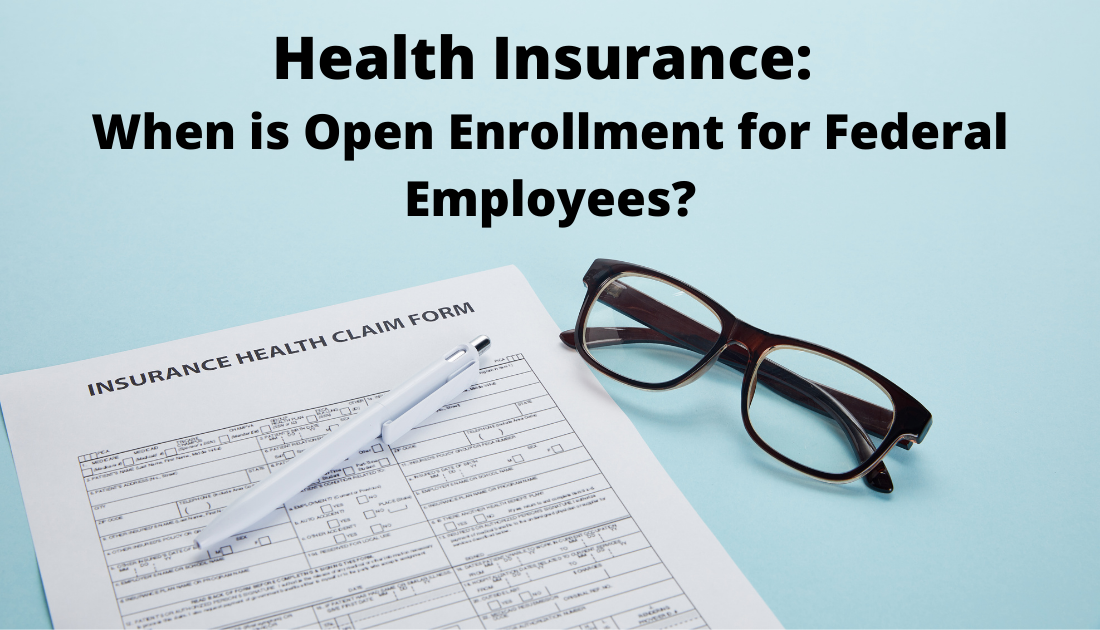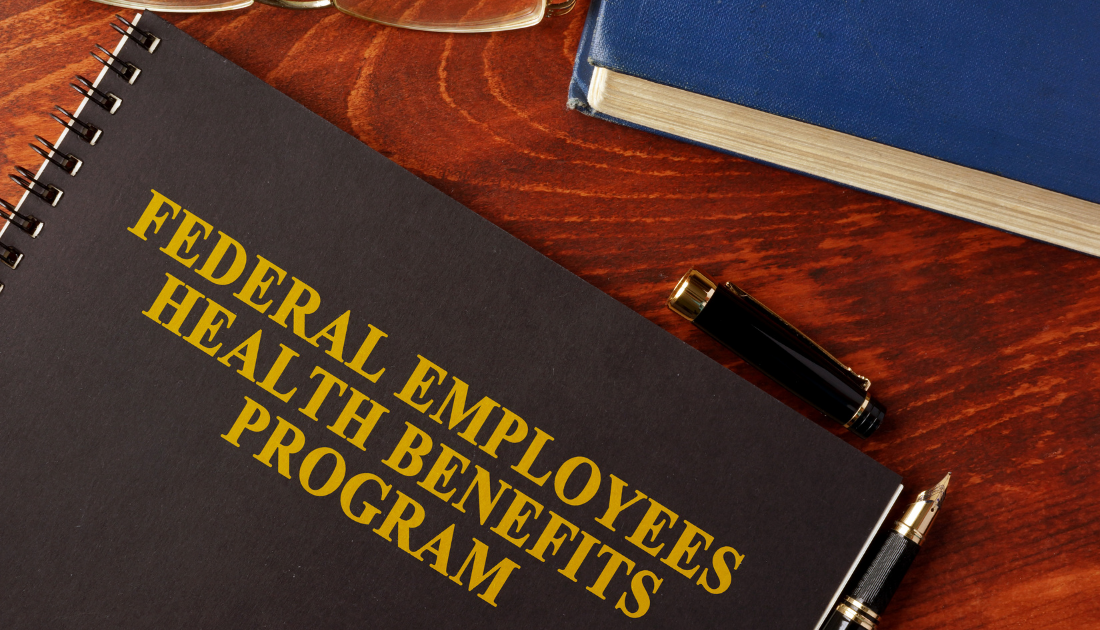Health Insurance: When is Open Enrollment for Federal Employees?

Just the Essentials…
- Open Season for Federal Employee Health Benefits runs from early November to early December.
- FEHB plans can save you money, primarily when covering families.
- FEHB plans come with perks like flexible spending accounts and vision and dental care access.
- You typically do not need to re-enroll once you enroll in an FEHB plan, though checking your plan each year is still a good idea.
What is Open Enrollment for Federal Employees?
It’s become a yearly ritual: every fall, the Marketplace opens up, and Americans rush in to pick new healthcare plans or change their insurance coverage. At least, that’s how it is for most people. If you’re one of the nearly two million Americans employed by the federal government, things are a bit different… and a bit more urgent. Open Enrollment (more commonly known as open season) for Federal employees runs from the second full workweek in November to the second full workweek in December. In 2022, this will be November 7 – December 12.
If you’re a federal employee, this is your chance to shop for health, vision, and dental coverage and find the right plan for you and your family.
Who qualifies for Federal Employee Health Benefits (FEHB)?
Federal Employee Health Benefits (FEHB) are available to employees of the federal government and employees of certain recognized tribes and tribal organizations. To qualify, you must be employed in a permanent, full-time position: part-time, temporary, and intermittent positions may not be eligible, and certain positions are excluded due to laws and provisions.
It is important to note that just because you work for the government does not mean you are a Federal employee: teachers, law enforcement officers, and many civil servants and politicians are employees of their state’s government, not the federal government. You’ll receive information from your workplace’s HR department about applying if you are eligible.
Members of the armed forces are also not eligible for FEHB unless they were eligible before enrolling. The armed forces have their own healthcare service, called TRICARE.
Employees of the United States Postal Services qualify for FEHB despite not being Federal employees. Your workplace will provide more information on how to enroll before the open season arrives.
Why should I choose FEHB over another plan?
Nothing stops you from choosing an insurance plan from the Marketplace or signing up with your partner’s insurer. However, FEHB has a few significant perks that set it apart from other plans.
Covering Families is Cheaper
There are three types of FEHB plans: Self Only, Self Plus One, and Self and Family. These plans all have set premiums paid by the Federal government. This sets them apart from traditional insurance plans, as your premiums are often dependent on the size of your family. With FEHB, it doesn’t matter if you’re covering a family of four or a family of fourteen: you pay the same amount.
Self Plus One care is also a unique option: it allows you to cover just one qualifying family member, such as a spouse or child, at a lower cost than the Family plans. This can lead to significant savings if you don’t have children or are a single parent.
You may freely reduce your level of coverage (from Family and Self to Self Plus One, or Self Only) only if you waive premium conversion, see below:
FEHB Plans Include Options Not Offered by the Marketplace
Under the Affordable Care Act, the Marketplace can only offer four types of plans. FEHB plans have additional options, such as Fee for Service (FFS) plans. These plans don’t use networks: you are reimbursed for your medical costs after filing a claim. They’re highly flexible but can be very expensive, even with the government’s support.
You Can Pay Your Premiums with Pre-Tax Dollars
Federal employees are automatically enrolled in premium conversion, meaning you do not have to pay taxes on money spent on your premiums. This is a potentially significant saving, though it does have a few drawbacks. This money isn’t reported as income, reducing your Social Security benefits, and you can’t freely reduce your coverage level if you are using premium conversion.
You Can Get Vision and Dental Coverage
If you are eligible for FEHB, you also qualify for FEDVIP: the Federal Employees Vision/Dental program. This is supplemental coverage offered on an enrollee-pay-all basis but operates on a similar pricing structure as FEHB plans, meaning covering your entire family is very inexpensive. You also don’t need to be enrolled in FEHB to qualify: you just need to be eligible for an FEHB plan.
You May Qualify for a Flexible Spending Account (FSA)
Certain Federal agencies have adopted a flexible spending account system, allowing you to set aside money, pre-tax, to use for future healthcare expenses. These are similar to the Health Savings Accounts offered with high-deductible plans but are not linked to your deductible. This can save you money on taxes and future medical bills.
It Lasts Into Your Retirement
If you enrolled in FEHB from the moment you first became eligible, or you have been enrolled for at least five years before your retirement, you can keep your FEHB after retiring. These benefits coordinate with Medicare and can save you significant amounts of money.
Your Family Stays Covered Even if Something Happens to You
Should you die while enrolled in a Self Plus One or Self Plus Family plan, your family will continue to receive coverage, provided you met all of the requirements before your death. Any premiums they pay will be automatically deducted from their annuity payments.

Enrolling for FEHB
Like with all health insurance, you can first enroll in FEHB immediately upon becoming eligible: in this case, upon starting employment. Afterward, you need to wait until the open season to apply or change your coverage. You do not need to re-enroll unless you are using an FSA: your coverage will automatically renew, but you will need to re-enroll in your FSA each year if you elect to use one.
However, it is still a good idea to look over your options. FEHB plans are offered by private insurers, just like regular insurance plans: that means that two different plans can have radically different networks, service areas, and coverage options.
If you need help sorting through your options, we can help. Call our licensed insurance agents at (800) 318-9984, or enter your zip code to compare plans today.
Key Resources:
https://www.opm.gov/policy-data-oversight/data-analysis-documentation/federal-employment-reports/reports-publications/federal-civilian-employment/
https://www.opm.gov/healthcare-insurance/healthcare/reference-materials/reference/eligibility-for-health-benefits/#employexclude
https://www.tricare.mil
https://www.opm.gov/healthcare-insurance/healthcare/plan-information/plans/premiums/2021/ffs/non-postal
https://www.healthcare.gov/choose-a-plan/plan-types/
https://www.opm.gov/healthcare-insurance/healthcare/plan-information/plan-types/
https://www.opm.gov/healthcare-insurance/dental-vision/
https://www.opm.gov/healthcare-insurance/flexible-spending-accounts/
https://www.opm.gov/healthcare-insurance/healthcare/medicare/
